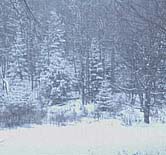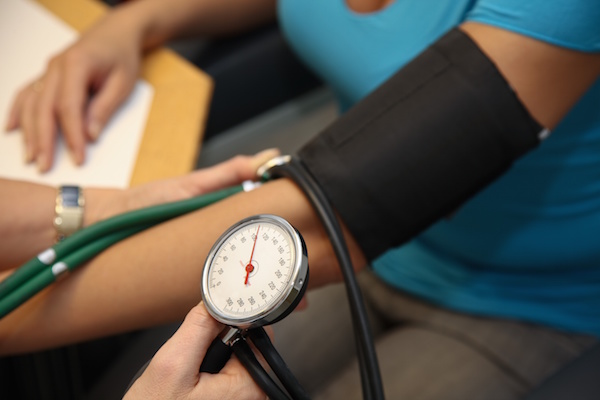
TUESDAY, Jan. 6, 2015 (HealthDay News) — As a new cold snap sends temperatures plunging across much of the United States, one expert offers tips on how to stay warm and safe.
“With the proper knowledge and precautions, most [cold-related] pain and suffering can be prevented,” Dr. Barry Rosenthal, chair of emergency medicine at Winthrop-University Hospital in Mineola, N.Y., said in a hospital news release.
Most obvious: Lots of clothing, preferably in layers. Layered clothing provides the best insulation to retain body heat, Rosenthal said, and a non-permeable outer layer helps shield against strong winds. For the hands, mittens beat out gloves because they keep your hands warmer, and it’s also a good idea to wear an extra pair of socks.
Hats and scarves help warm the head, ears and neck, of course, and everyone should invest in properly fitted and insulated winter boots. But if boots are too tight, they can limit or cut-off blood circulation to the feet and toes, Rosenthal warned. Boots should also have a tread that provides safe traction on ice and snow.
It’s also important to drink plenty of fluids when outdoors in cold weather, to avoid dehydration, Rosenthal added.
Some people are also more vulnerable to frigid temperatures than others. According to Rosenthal those most at risk include seniors, people with diabetes, heart or circulation problems, and those who use alcohol, caffeine and other drugs that hamper the body’s response to cold.
“Children are also a high-risk group. They are smaller and therefore lose body heat more rapidly than adults do,” the expert said. “Children can be so busy playing outdoors that they may not realize just how cold they really are,” he added.
“So, be sure they are properly dressed, tell them to come indoors when their clothes get wet, and if they aren’t active and moving around to keep warm, then they should come back inside. Keep an eye on children — it can take only minutes for them to suffer frostbite to exposed skin on a very cold or windy day.”
Cold weather can also bring indoor hazards, due to hazardous home heating.
“Don’t use a kerosene heater. It could easily cause a fire. And don’t use the oven as a source of heat. The gas can produce carbon monoxide, and carbon monoxide is deadly,” Rosenthal said.
Also, “be sure there is one carbon monoxide detector in your home and a smoke detector on every level of your home,” he said. “Be sure to change the batteries every year — your birthday is a good time to do that.”
More information
The U.S. Centers for Disease Control and Prevention has more about cold weather safety.
Copyright © 2025 HealthDay. All rights reserved.

